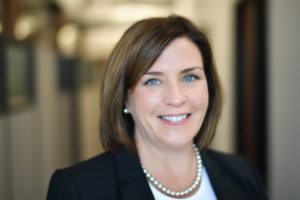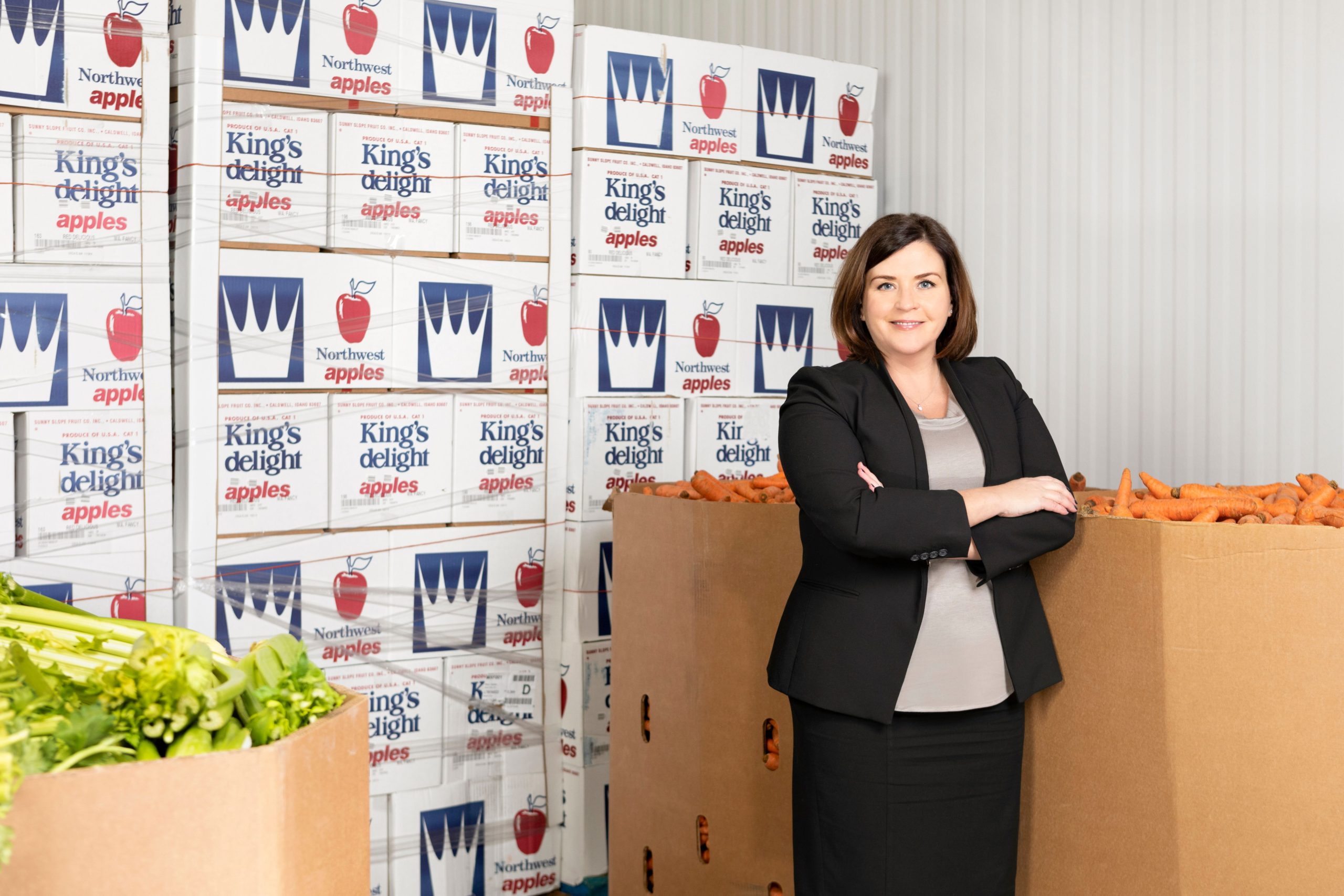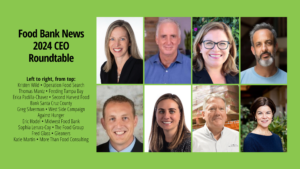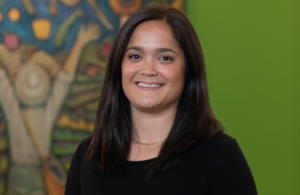On March 17 — only one day after the governor ordered all bars and restaurants temporarily closed in Minnesota due to the pandemic — Second Harvest Heartland launched Minnesota Central Kitchen, its ambitious effort to keep local restaurants in business by tapping their kitchens, food and employees to feed the community.
The kick-started operation, which has since grown to include 12 restaurant partners and just surpassed 1.1 million meals served, has been a winning effort on multiple fronts, allowing restaurants to pay their landlords and keep their workers employed, while distributing nutritious meals to food-insecure people. The fast formation of Minnesota Central Kitchen stands as a clear example of the type of speedy and decisive decision-making that seems to come naturally to Allison O’Toole, the Chief Executive Officer of Second Harvest Heartland and Food Bank News’ Food Bank CEO of the Year.
At Second Harvest Heartland, O’Toole presides over the nation’s seventh-largest food bank, with $162 million of revenue in 2019, according to Food Bank News’ listing of the 100 biggest food banks. Its programmatic reach is broad, including a food prescription program in partnership with five area healthcare providers, a farm-to-food bank program that last year distributed more than 8 million pounds of produce from more than two dozen farms, and a food rescue program that saved more than 40 million pounds of food in 2019, in partnership with more than 450 retailers.

O’Toole had only been on the job at Second Harvest for just over a year when the pandemic hit — enough time to have established a deep level of trust with her team. “When you have great people in the right spots and you trust each other, those conversations are easy,” she said of the decision to move ahead with Minnesota Central Kitchen. Besides, she added, “what was the downside going to be of feeding people?”
Her quick decision-making was helped by the fact that food-banking during a pandemic is not the first time O’Toole has had to lead during a crisis. One of her jobs before coming to Second Harvest was to lead the team that was called in to revive the state’s health insurance network, which had stumbled badly upon its introduction under the Affordable Care Act. “I know what to do in a crisis,” she said, allowing, “It’s where I do some of my best work.”
Crisis hit again this summer with the killing of George Floyd just over a mile from O’Toole’s home. Between her house and the murder site sits the location of the now-closed O’Toole family drug store, where O’Toole grew up serving the surrounding African-American community. The drug store was “as much about community connections as it was filling prescriptions,” she said, an experience that underpins her current commitment to helping pull the community through.
As the backbone to the region’s hunger relief network, “it’s our responsibility to lead this conversation and think differently about how we distribute food,” O’Toole said. Second Harvest Heartland is investing resources to make sure it has data to support more equitable food distributions. “We’re using our muscle to really target the communities that need help,” she said.
She views the food bank’s new nutrition policy as another essential mechanism for responding to the needs of the community. After only about two months into the job, O’Toole put in place a formal policy that bans soda and candy, and calls for distributions of at least 50% fresh produce, a doubling of lean protein, and a consistent supply of milk.
The decision puts Second Harvest Heartland in the vanguard of food banks that have formal nutrition policies. According to a 2018 study from MAZON: A Jewish Response to Hunger, only one-third of food banks do. Given O’Toole’s background in health care reform, the importance of prioritizing a nutrition policy as a means of improving public health was all too clear to her. “At a certain point, you have to put a stake in the ground,” O’Toole said. “It was the right thing to do.”
With a new warehouse that is three times the size of the old one with more freezers and coolers, and a temperature-controlled repacking space, Second Harvest Heartland now has the capacity and capability to push hard on making nutrition a centerpiece of its distribution efforts. In addition to doubling the amount of protein it distributes over the next two years, it has committed to having basic produce items available year-round.
Four core produce items, including carrots, apples, onions and potatoes, are now available all year, and will double to include an additional four. “It’s about demand planning and thinking about what we need and how we’re going to get it, versus taking whatever we can get,” O’Toole said.
Looking forward, O’Toole acknowledges being in “the hunger fight of our lives” along with her fellow food-bank peers, as long as the pandemic and its economic impact persists. Being a glass-half-full kind of person, she also gravitates toward looking at the bright spots, such as the “amazing impact” of Minnesota Central Kitchen in fostering new partnerships, putting people back to work and reducing food insecurity.
A natural communicator, O’Toole sends weekly Friday emails to her team and hosts regular, open-to-the-public community updates via Zoom, introducing herself as “the proud CEO of Second Harvest Heartland” at every opportunity. When she became CEO less than two years ago, she “never could have imagined how front and center” food banks would be, she said. “I feel an immense responsibility that I never could have predicted.”
CAPTION ABOVE: Allison O’Toole, the CEO of Second Harvest Heartland. Photo credit: Photography by Spacecrafting for Artful Living Magazine.
Like what you’re reading?
Support Food Bank News








